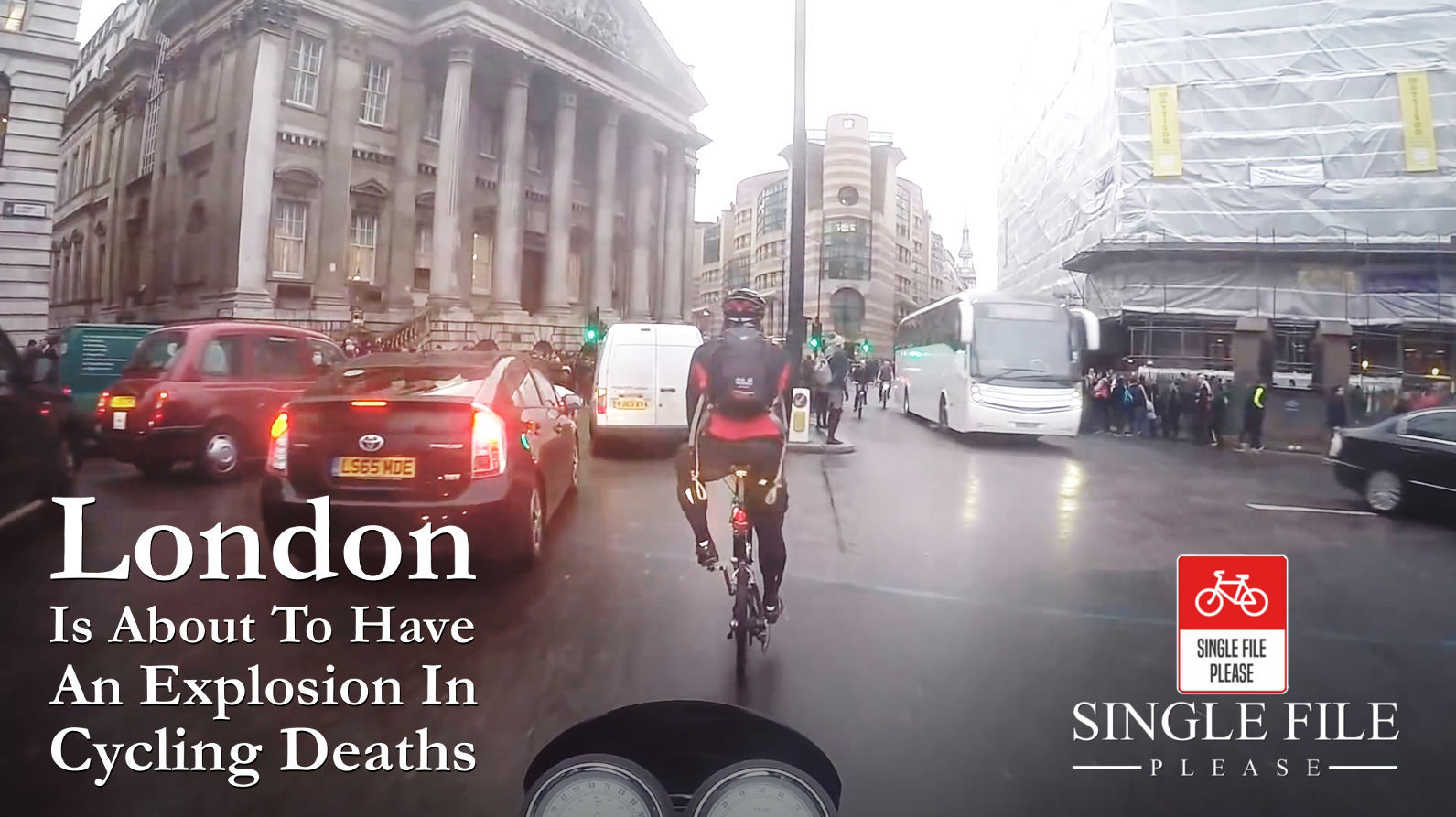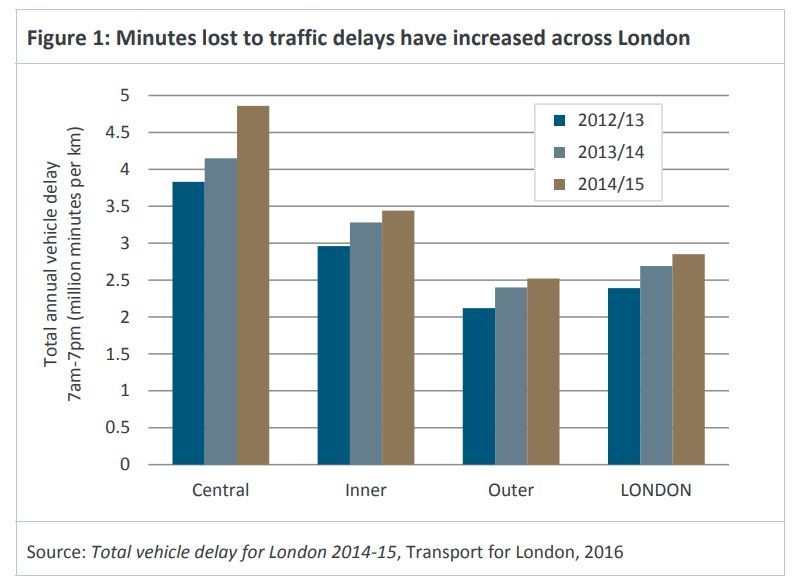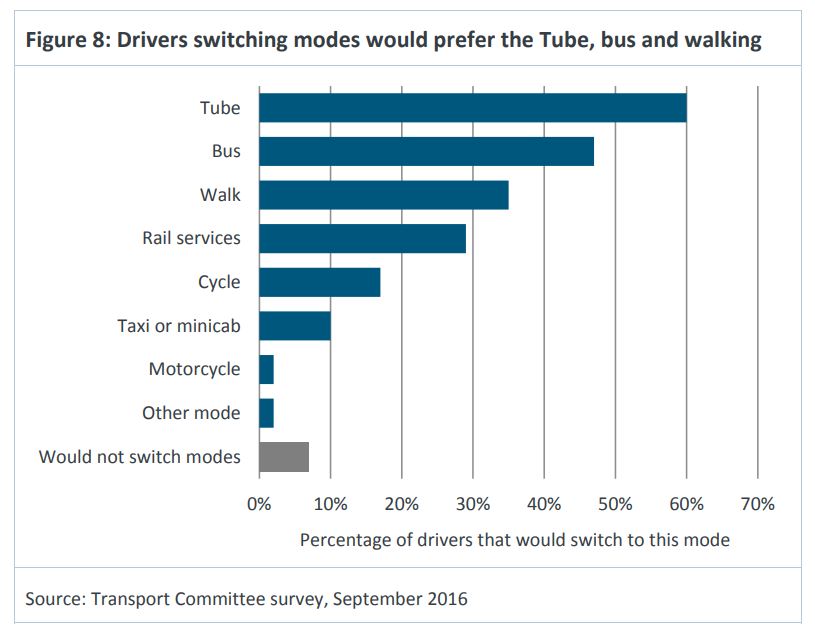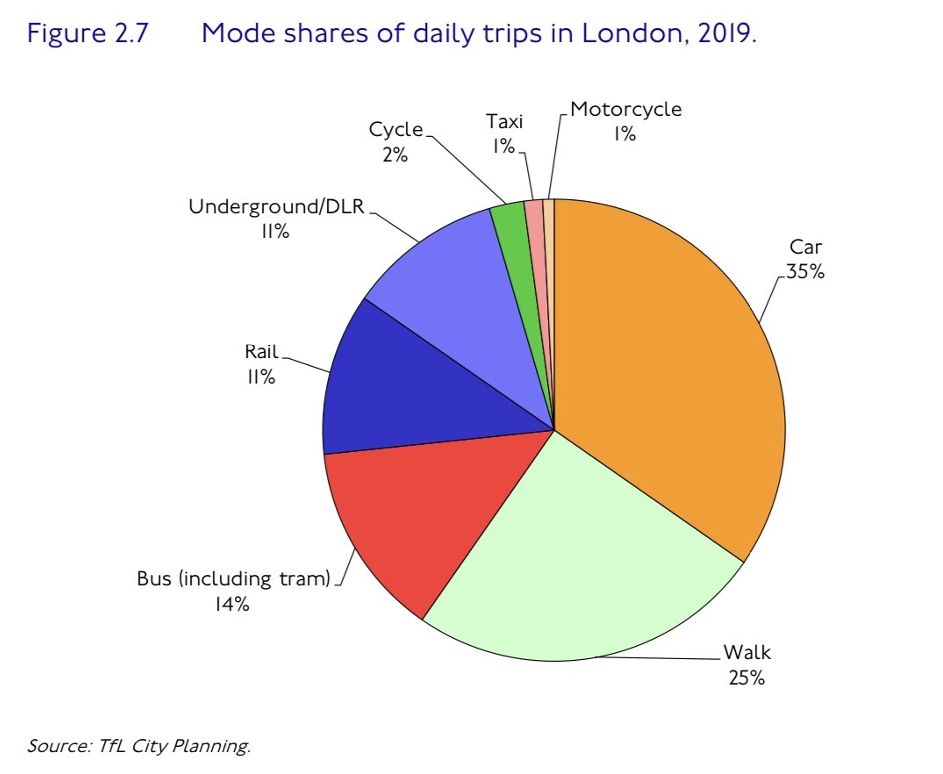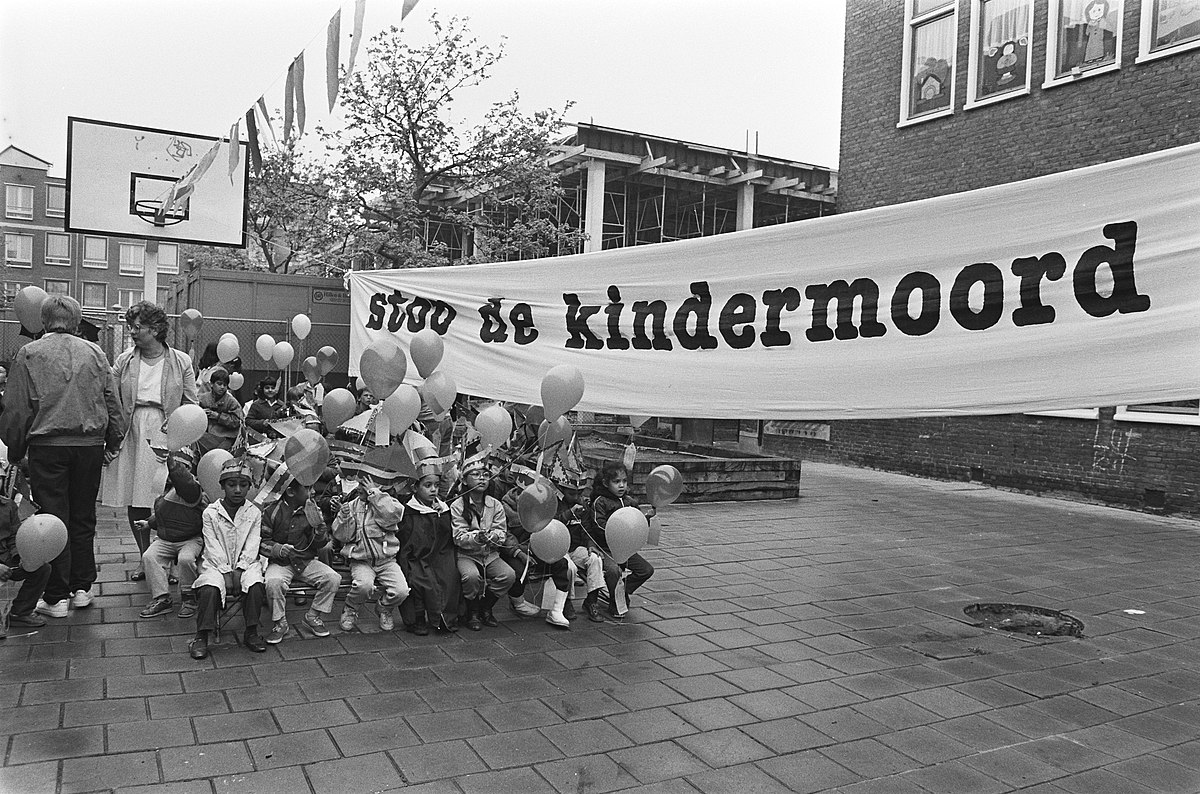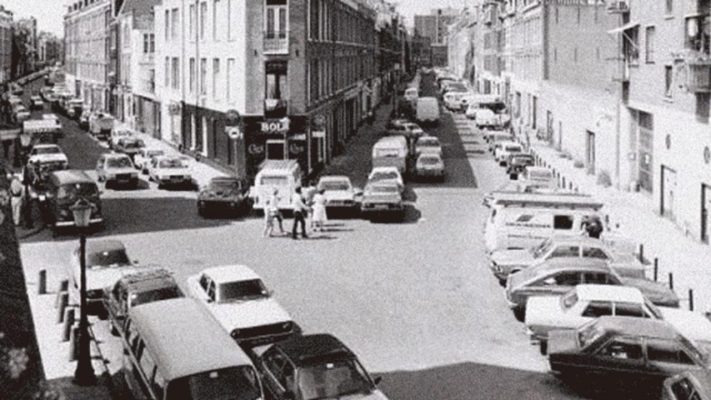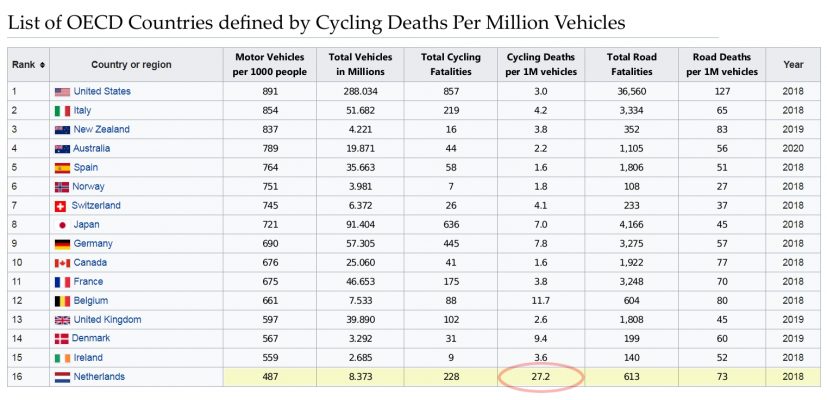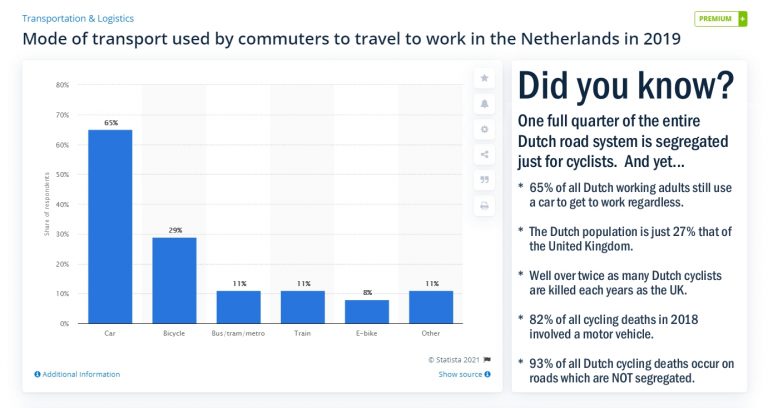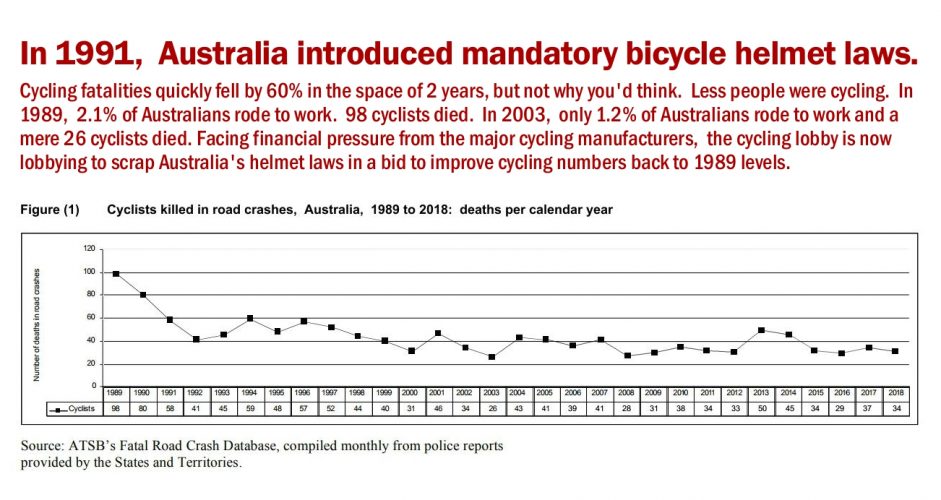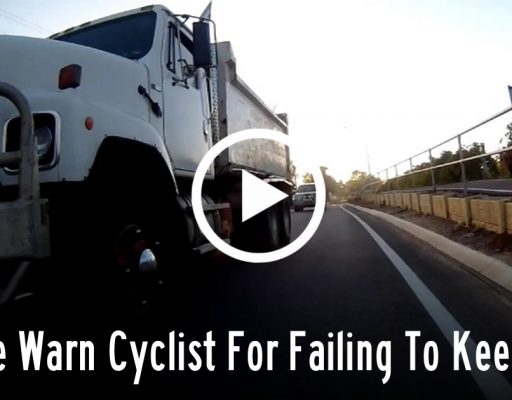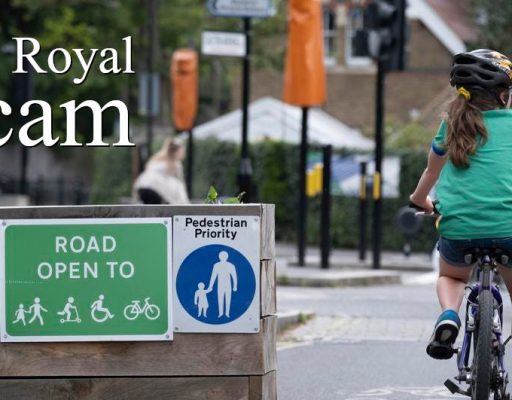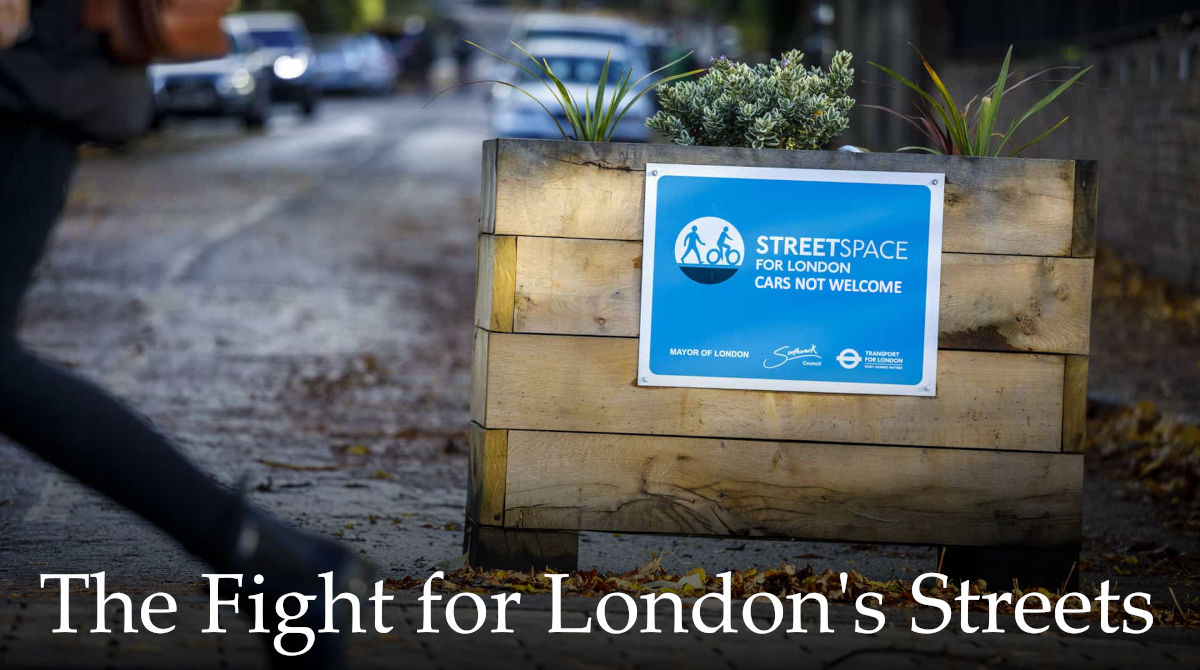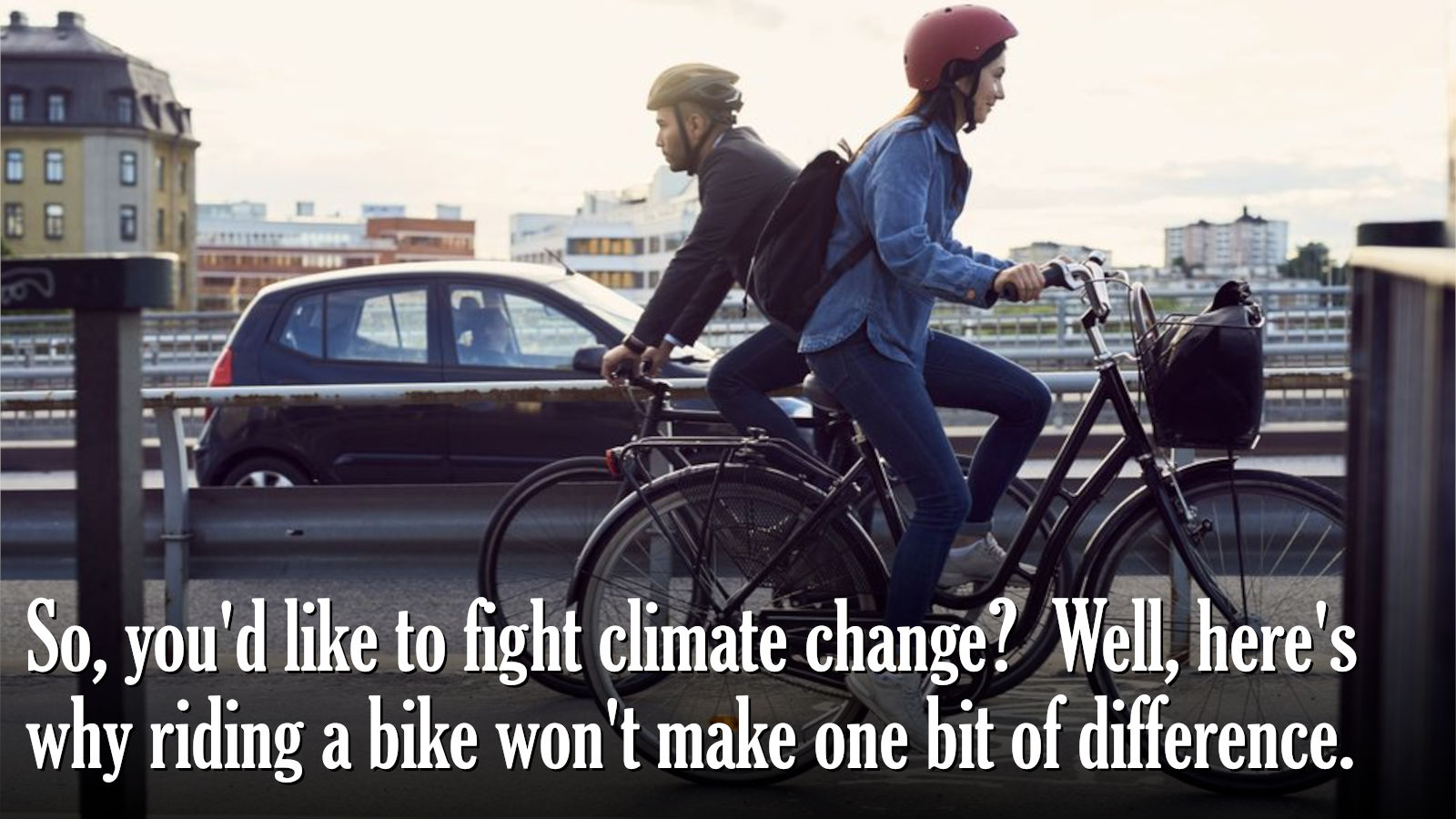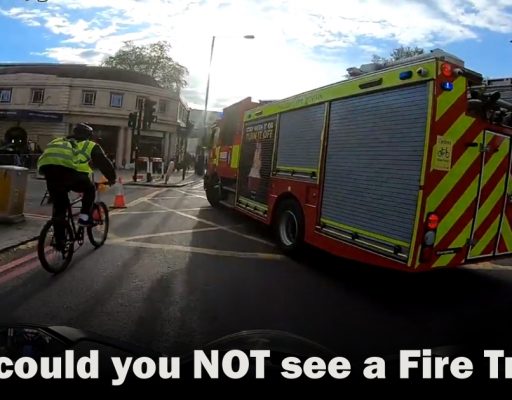Table of Contents
The Problem:- London's road system is being strangled.
Nobody is kidding themselves here. It’s no secret London’s road system is a mess. You only need to look at this article’s cover photo for an example. You have five streets randomly all intersecting in the same place, with every imaginable road user all trying to negotiate the same road space. Indeed, London is known the around the world as a city ‘you really don’t to drive if you can avoid it’.
But there’s a problem. While it’s true personal car ownership in London has declined over the past decade, for every personal car which is no longer on the road system, at least two motor vehicles (in the form of delivery vans and/or Uber cars) have have taken their place to service the explosion in online shopping and home deliveries.
By every measurable metric, Londoner’s are spending more time stuck in traffic than ever. And this is before we even start talking about the disaster which is currently known as London’s Low Traffic Neighbourhood scheme. What then is causing the blowout in traffic delays? Again, we can defer to Transport for London for the answer….
2.8 Despite the success in reducing personal car ownership, there are more motor vehicles on London’s roads. Our investigation has identified significant increases in the use of two types of vehicle:
- Delivery van traffic has increased. In 2012, vans drove 3.8 billion kilometres on London’s roads. In 2015 this had increased to 4.2 billion kilometres, a rise of 11 per cent.
- The number of private hire vehicles and drivers has increased. Licensed vehicles rose from 49,854 in March 2013 to 84,886 in November 2016 – an increase of 70 per cent in less than four years. The number of licensed drivers rose by 72 per cent over the same period, from 66,975 to 115,513.
- The causes of rising congestion include an increase in certain types of vehicle, particularly delivery vans and minicabs, and a reallocation of road space away from private motor traffic.
Currently, 1.3 million vehicles enter Greater London daily for commerce and employment. Clearly, traffic authorities are beginning to despair the relentless rise in motor vehicle use on London’s road system.
So what’s the bottom line? In short, no matter where you are in the world, if you put more cyclists on busy roads in peak hour, you get more cycling deaths. It can’t be avoided. And that’s exactly what London is wanting to do.
The Fallacy:- Only cycling can fix London's congestion crisis.
Realistically, just how feasible is cycling as a solution to London’s traffic crisis? Well, the first challenge to overcome is most Londoners simply don’t want to ride a bike to work. Cycling advocates tend to live in a fantasy world which argues if you simply build loads of cycling infrastructure the rest will happen organically, but the reality is poll after poll shows Londoners far prefer The Tube and walking over cycling. And cycling advocates don’t like that, not one little bit.
Indeed, the ‘Transport for London Commuter Survey of September 2016‘ reveals the single biggest challenge regarding permanent modal shift on the streets of London. When it comes to getting car drivers out of cars and on to bicycles, the vast majority of respondents said they would prefer to use public transport options, particularly the Tube. Yet, at the busiest times of the day, these transport modes are already very crowded.
As the noted social commentator Paul Lomax says… “Segregated cycle lanes are safer for cyclists, that is clear. However they come at a cost when space is limited. Either to bus users (generally the least well off) or to motorists, or both. But more often to pedestrians – despite how huge walking is in the UK (we walk more than any country in Europe according to the OECD), bike lanes often eat into pedestrian space.”
Transport for London estimates 1.3 million vehicles enter Greater London daily for commerce and employment, with an average of 1.6 passengers per vehicle. So, we’re talking roughly 2 million people need to enter Greater London on a daily basis from the ‘outer burbs’ as the Americans would say. That’s a LOT of people who would need to start riding bicycles to make a meaningful difference to the current demands on London’s road system. And there’s something else…
When you reallocate limited road space on a 24×7 basis for bicycles, the problem you introduce is this – in London only one in 50 road users are cyclists, and that’s only during peak hour. The rest of the time that precious road space becomes woefully underused.
Scratch beneath the surface and you’ll find cyclists don’t really care about solving traffic congestion per se. In reality, what they truly care about are fewer motor vehicles on the road. Yes, they’re happy to give the impression that they care about solving traffic congestion, but that’s because it’s in their interests to promote cycling as a ‘magic silver bullet’.
One thing’s for sure. If you’re talking to a cycling advocate, all conversations invariably lead to The Netherlands. Why? Because if you’re a cycling advocate, everything is better in The Netherlands.
The Backstory:- The Netherlands Myth, and it's genesis.
The first thing that needs to be said at this point is this – the cycling revolution which started in the early 1970’s in The Netherlands was never ever about solving traffic congestion. First and foremost it was a social movement built around the need for increased child safety. Secondly, it was also a social movement designed to give children in Amsterdam and Utrecht somewhere safe to play.
So here’s some quick history. In 1971, Vic Langenhoff, a senior writer at the Dutch national newspaper De Tijd, suffered the tragic loss of his 6 year old daughter to a road traffic death while she was riding a bicycle to school. Quite understandably, a year later Langenhoff proceeded to write a series of passionate articles about the problem of child deaths on the Dutch road system, the first of which was titled ‘Stop de Kindermoord’ (Stop the Child Murder).
The outpouring of rage and anger about unnecessary child deaths in the early 1970s sparked a social movement which took it’s name from Langenhoff’s first article, and the end results are now the stuff of legend. The Dutch managed to lower their horrific cycling road toll from a high of 520 in 1973 to a low of 165 in 2010. Sadly however, by 2018 the cycling road toll had climbed back to 228 cycling deaths.
When cycling advocates promote The Netherlands as a solution to London’s congestion crisis, the mistake they keep making is they keep thinking the problem has solved itself. But it hasn’t. Dutch cyclists are still being killed by motor vehicles in big numbers.
As noted earlier, Stop de Kindermoord was never about traffic congestion. It was actually a story of two halves, and only the second half is what gets remembered nowadays.
This next photo pretty much sums up what life was like for most kids in Amsterdam back in 1972. Look familiar? Very narrow streets, a huge number of private motor vehicles, five story walkups crammed with residents, and finally, narrow footpaths combined with buildings right up against boundary lines.
Essentially, London is where Amsterdam was in 1970 – only worse. Much worse. London in 2021 is easily 10 times the size of Amsterdam. London is a city bursting to the seams with people needing to get around as they conduct commerce, employment, schooling and ‘life in general’. Worse yet, London has a population density even higher than Amsterdam at 5,600 people per sq/km. (Which is really saying something).
There is one area however where London is superior in 2021 compared to Amsterdam in 1970. Drink driving in The Netherlands in 1970 was horrific, accounting for at least 40% of the road toll each year. And that explains why Stop de Kindermoord had it’s genesis in the Amsterdam suburb of de Pijp, a tiny area which had well over 45,000 residents in 1970. There was literally nowhere for kids to play except in streets where they kept getting hit by motor vehicles.
The Facts:- Dutch cyclists are still being killed by cars.
To the surprise of many, Dutch cyclists are still being killed in prodigious numbers each year. However, it’s where these deaths are happening which provides the greatest insight. It turns out Dutch cyclists aren’t dying on their famous segregated cycling paths where cars are prevented from mixing with cyclists. To the contrary, it’s on the roads where cars and bicycles are NOT segregated that they keep getting killed.
To give you an idea just how many cyclists are still dying on European roads each year, take a look at this next graph. Click on the image to enlarge it if you require.
Understandably, London’s cycling advocates don’t really like talking about the number of cyclists who are killed each year in The Netherlands. After all, the Dutch cycling model is the model they’re wanting to replicate. However…
London’s cycling lobby desperately wants more segregated infrastructure. On it’s face that seems fair enough. But there’s a hitch – it won’t happen for free. The 98% of tax payers who DON’T ride a bike to work are the people who will have to pay for it. Worse yet, because London is what it is, segregated cycling infrastructure invariably consumes existing roadspace, at the expense of private and commercial motor vehicles.
So here’s the conundrum. Fully one quarter of the entire Dutch road system is already segregated specifically for cyclists and yet the Dutch still average twice as many cycling deaths per year as the UK. Meanwhile, a tiny 0.5% of London’s 9,360 miles of road system is currently segregated for cyclists. How can London avoid an increase in the cycling road toll if more cyclists start riding to work? The answer is, it can’t.
And there’s the rub. Most cyclists think of The Netherlands as a nation which can do no wrong, a nation which supposedly worships at the altar of the bicycle. The reality of course is very different. As we’ll see in the next graph.
The reality is 65% of Dutch adults still drive a car to work. Especially people under 40 years of age. Increasingly, Dutch citizens are choosing to live in suburban areas outside of their major cities, which explains why so many people in The Netherlands still commute to work in a car.
But there’s something else at play. According to the European Transport Safety Council, between 2015-2017, 82% of every Dutch cycling death reported to police involved a motor vehicle.
And thus we see the paradox. The Netherlands has the world’s best cycling road system, yet Dutch cyclists keep getting killed in big numbers. Yes, it’s true 90% of all cycling in The Netherlands occurs on safe segregated cycling paths, but that’s not where they’re dying. When Dutch cyclists use NON segregated roads, the Dutch road system remains just as deadly for cyclists as any other nation in the Western World.
Which brings us to Australia. If The Netherlands proves the number of cyclists being killed by motor vehicles is directly proportionate to the number of people riding bikes, it turns out Australia proves the same thing even more so.
The Proof:- Look what happened in Australia in 1991.
Peak hour is the reason. It’s the time of day when the most cyclists and the most motor vehicles are on the road at the same time. The fewer interactions between motor vehicles and cyclists there are, the fewer fatalities which tend to occur. Put another way, it’s a numbers game basically.
Inadvertently, this is why Australia’s mandatory helmet laws are so interesting. After 1991, in a very short period of time, there were fewer Australian cyclists riding to work. Hence there were less cycling deaths.
Why then did so many Australian cyclists stop riding to work shortly after Australia introduced it’s mandatory helmet laws? Well, Australia is a hot country. Wearing a bicycle helmet (as well as a back pack) in a hot climate sucks.
The Conclusion:- This is a bullet London can't dodge.
Motorists in London have been ‘feeling the squeeze’ for several decades now, going back to at least the 1980’s. And no small part of that squeeze is due to increased population density and an ever increasing employment density.
Again, in the words of Paul Lomax, “There’s a certain gravity to life in London nowadays. Politicians are aware every pound invested within Greater London provides more dividends than investing it elsewhere, so it has become a self fulfilling prophecy. People go where the work is, and the investment goes where the votes are.”
When talking about solutions to London’s congestion crisis, cyclists in particular are happy to point fingers at car drivers. Often, their commentary tends to be fairly simplistic, usually along the lines of all cars are bad, and all cyclists are good. But the problem goes way deeper than that.
London is a city which has it’s roots going all the way back to the Roman Empire. It’s a city which long ago ran out of room to tear down stuff and design best case road systems with nice wide boulevards and segregated cycle lanes. There’s a solution to the problem, but cycling isn’t that solution. The solution is a massive investment into light and heavy rail.
Share this article on your favourite social media platform.
